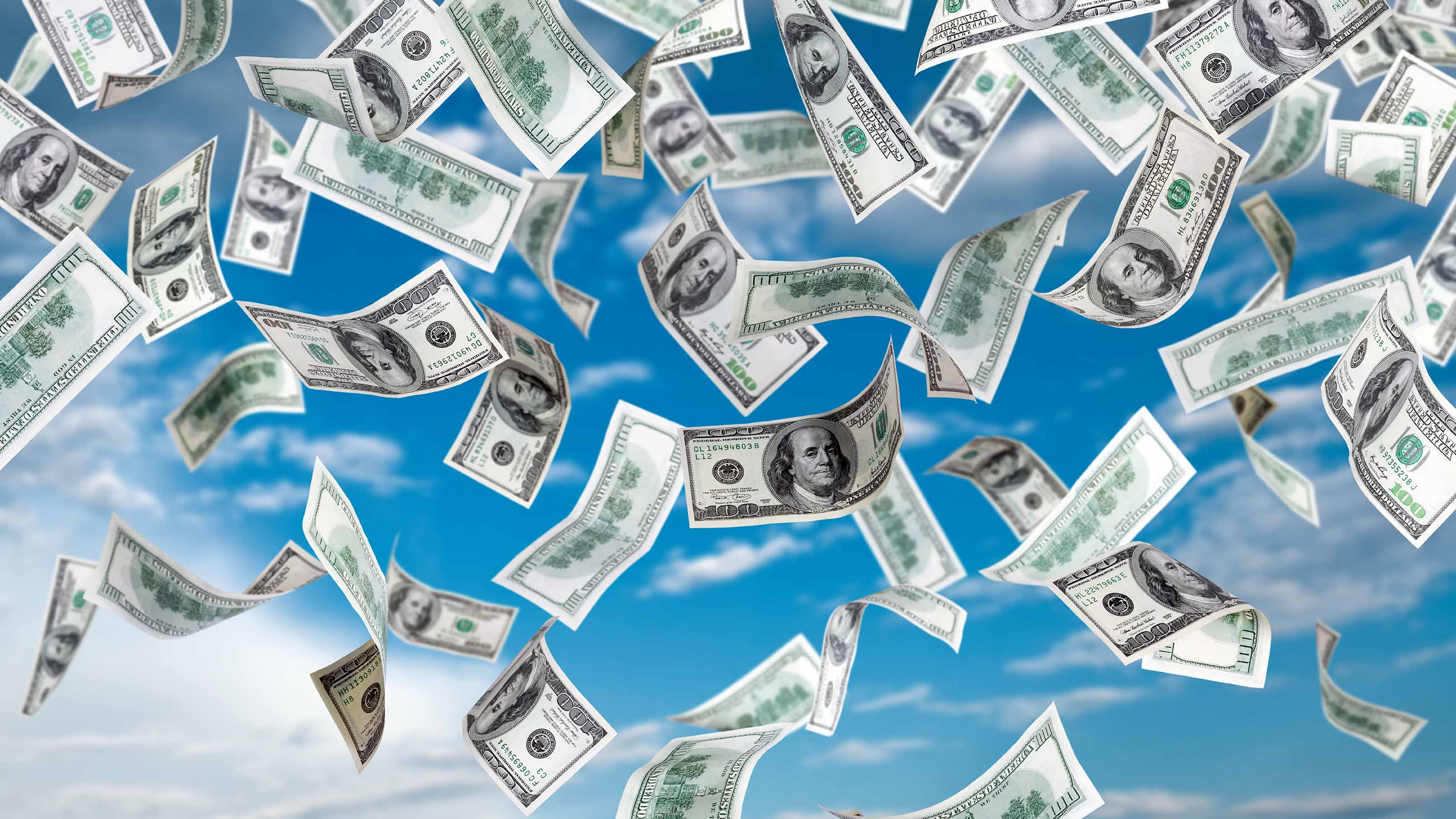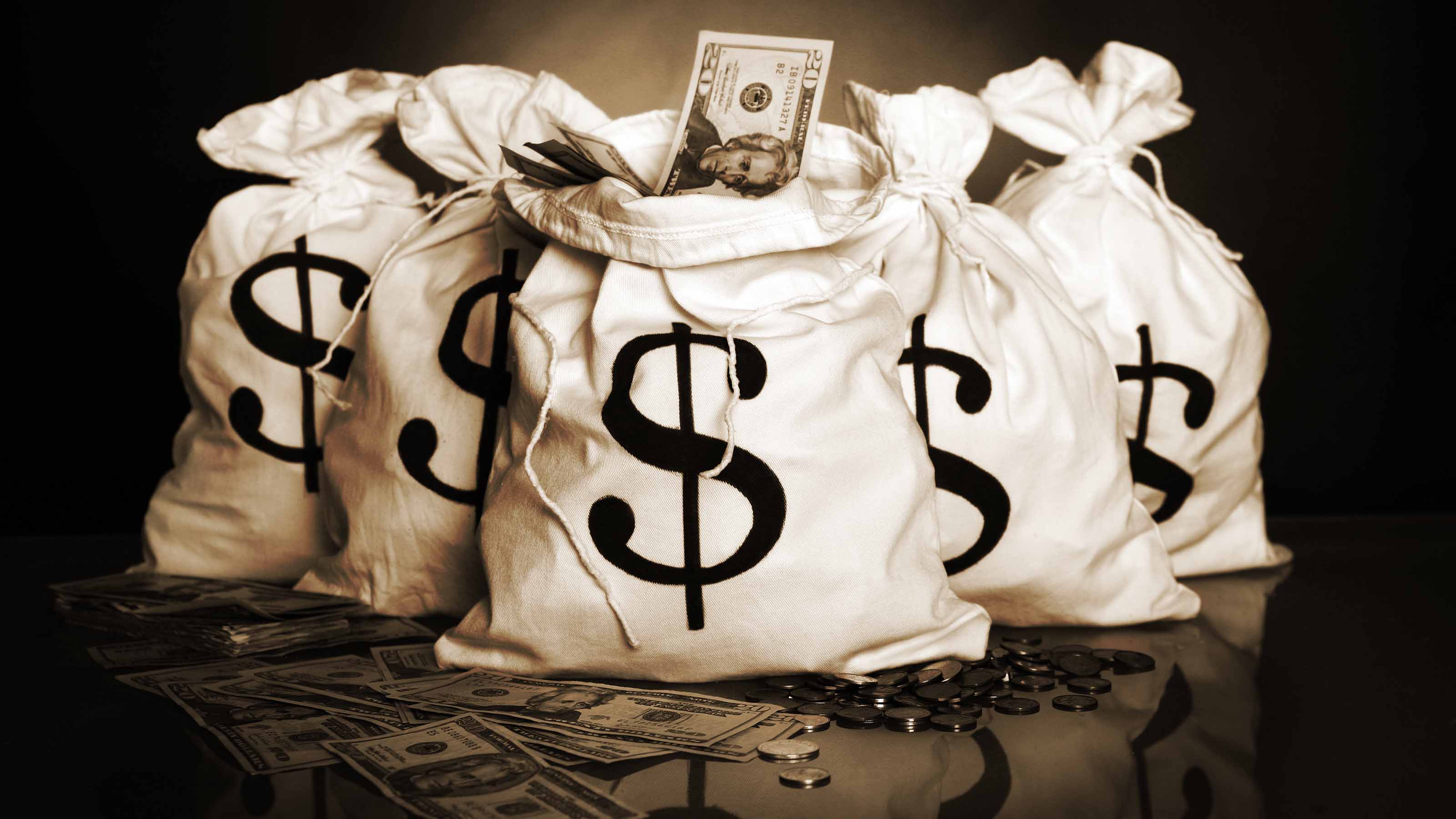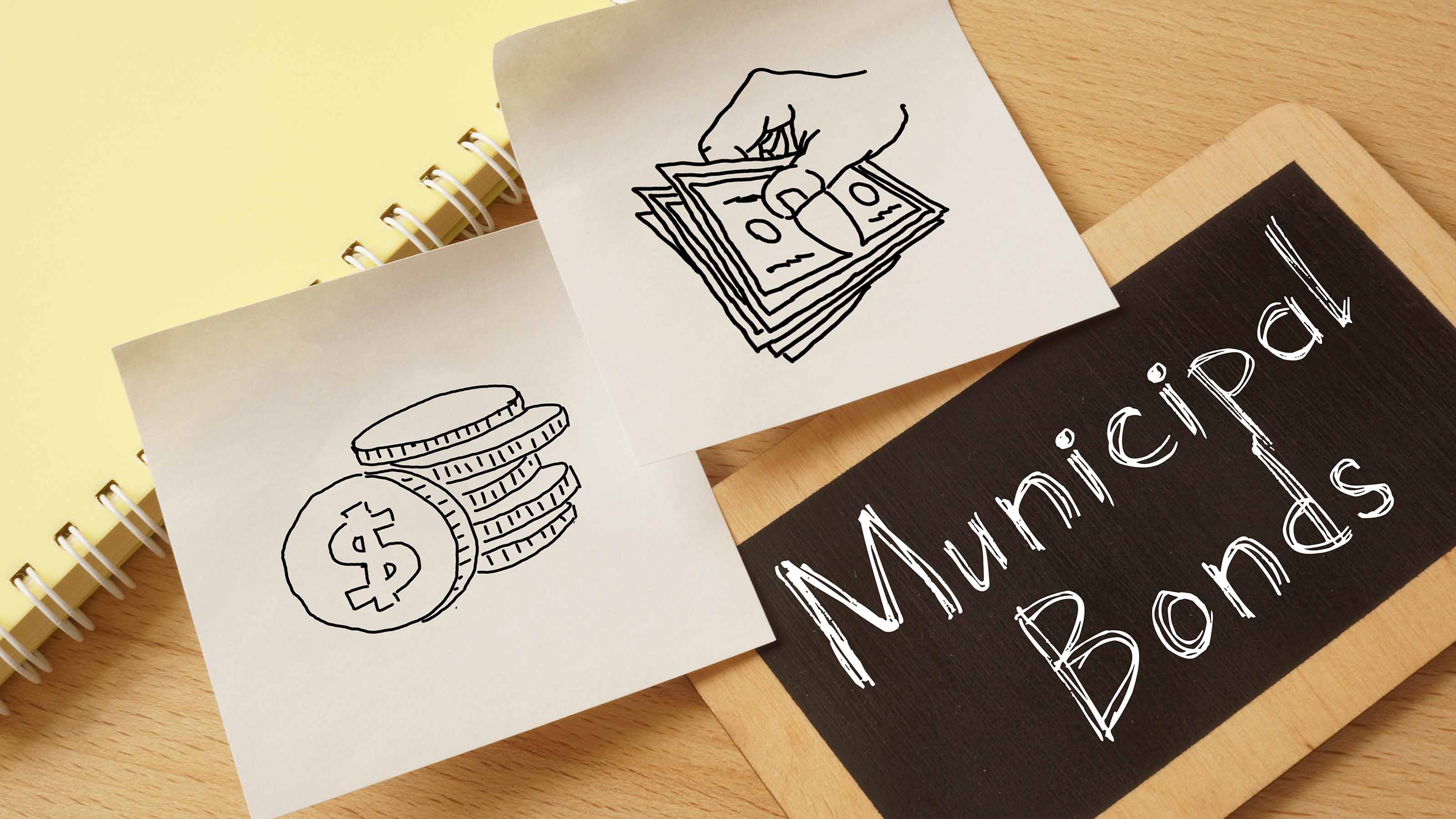7 Actively Managed ETFs to Buy for an Edge
Actively managed ETFs are starting to blossom in popularity. Investors unfamiliar with the space can start with these seven active funds.


It has taken some time, but actively managed exchange-traded funds (ETFs) are finally gaining traction with investors.
According to Nicholas Elward, head of Institutional Product and ETFs at global asset management firm Natixis Investment Managers, assets of actively managed ETFs in the U.S. will jump to $400 billion by the end of 2022, double where they were at the end of 2020.
There are several reasons that explain the increased interest in active ETFs, says Elward.
First, increased market volatility has investors looking to cushion downside risk through active management and tactical stock-picking. Second, the introduction of semi-transparent ETFs in 2020 has led active managers to be more open to managing active ETFs, knowing that they won't be giving away their best ideas. Lastly, the trend of mutual funds converting to ETFs that began in 2021 will likely continue.
While actively managed ETFs remain a small part of the overall ETF market, investors can expect this to change in 2022 and beyond.
Here are seven actively managed ETFs to consider for your portfolio. This is a list of equity and fixed-income options that are right for a variety of risk tolerances and investing horizons.
Data is as of April 6. Dividend yields represent the trailing 12-month yield, which is a standard measure for equity funds.

Avantis U.S. Small Cap Equity ETF
- Assets under management: $4.2 million
- Dividend yield: N/A
- Expenses: 0.25%, or $25 annually for every $10,000 invested
The Avantis U.S. Small Cap Equity ETF (AVSC, $46.60) is the youngest of the actively managed ETFs featured here. AVSC launched on Jan. 13, so there's only $4.2 million in total assets currently and no 12-month dividend yield.
"Small caps can play an important role in investors' allocations, and we are pleased to provide them with an option that complements what we already offer in the small-cap space," said Eduardo Repetto, chief investment officer at Avantis and co-manager of AVSC, in a mid-January press release announcing the fund's launch
The actively managed ETF looks to outperform the Russell 2000, a small-cap index comprising the 2,000 smallest stocks in the Russell 3000. The portfolio managers focus on companies with higher profitability and low valuations – using metrics such as book value and cash flow from operations – and typically invest roughly 80% of assets in U.S.-based small-cap stocks.
Avantis's philosophy is to provide its clients with diversified, tax-efficient, inexpensive ETFs that fit seamlessly into an investor's current asset allocation. AVSC is no exception. The ETF currently has 1,087 holdings with an average market cap of $1.6 billion, about half that of the Russell 2000.
The top three sectors by weighting in this small-cap ETF are financial services (20.4%), industrials (17.2%) and healthcare (13.7%). The ETF's 10 largest holdings account for just 4% of its total assets, and familiar names include Twinkies maker Hostess Brands (TWNK) and organic grocer Sprouts Farmers Market (SFM).
The ETF will make quarterly distributions in March, June, September and December.
Learn more about AVSC at the Avantis Investors provider site.

JPMorgan ActiveBuilders Emerging Markets Equity ETF
- Assets under management: $774.9 million
- Dividend yield: 1.5%
- Expenses: 0.33%
The JPMorgan ActiveBuilders Emerging Markets Equity ETF (JEMA, $40.97) seeks to outperform the MSCI Emerging Markets Index, investing at least 80% of assets that are tied economically to emerging market countries. This includes companies whose primary business is located in an emerging market or one whose stock is mainly traded in one.
The three portfolio managers who run the fund all have at least 10 years of industry experience apiece and have been with JPMorgan for no fewer than eight years. As part of their goal of outperforming the benchmark over time, they will underweight or overweight certain countries and sectors relative to the index.
JEMA currently consists of 501 holdings invested across 31 countries. The top three countries by weight are China (28.7%), Taiwan (16.6%) and South Korea (12.4%). Asia accounts for almost 80% of the portfolio's total assets. And while this fund is focused on emerging markets, a small percentage of its portfolio (1.6%) is currently in U.S. assets.
As for sectors, the biggest three by weighting are technology (25.4%), financials (24.5%) and consumer discretionary (11.7%). Top 10 holdings account for 21% of the fund's total assets and include Taiwan chipmaker Taiwan Semiconductor Manufacturing (TSM) and Chinese e-commerce giant Alibaba Group (BABA).
JEMA's annual turnover is 40%. This means the fund turns the entire portfolio once every 2.5 years. The average market cap is $35.3 billion, considerably lower than the category average of $52.6 billion.
Actively managed ETFs haven't been immune to the volatility global stock markets have seen so far in 2022. JEMA is down around 12% for the year-to-date – though this is still better than 71% of similar emerging-markets ETFs.

Dimensional U.S. Equity ETF
- Assets under management: $6.0 billion
- Dividend yield: 1.1%
- Expenses: 0.11%
The Dimensional U.S. Equity ETF (DFUS, $48.30) seeks to achieve long-term capital appreciation while minimizing federal income taxes on those returns. The fund takes a weighted market-capitalization approach – meaning companies with higher market caps have greater weightings in the portfolio
The actively managed ETF invests in roughly 2,000 companies. The average market cap of its holdings is $161.1 billion, considerably lower than its large-cap peers at $249.8 billion. The average stock has price-to-earnings and price-to-sales ratios of 19.0x and 2.3x, respectively, which is below the category average.
DFUS was launched as a mutual fund in September 2001. In June 2021, Dimensional Funds converted four of its largest mutual funds – including DFUS – into ETFs.
"You have this set of funds that have been managed with an eye towards tax efficiency," Dimensional co-CEO and Chief Investment Officer Gerard O'Reilly told CNBC at the time. "Part of that tax efficiency came from how we managed the dividend income, but when you look now at the additional tools that ETFs bring to the table, I think that we'll be able to achieve even higher tax efficiency ratios in those funds going forward."
In its 20 years of existence, the fund has managed an annualized total return of 9.7% through March 31. That compares to 9.9% for the Russell 3000, the ETF's benchmark. Over the past 10 years, though, DFUS has outperformed its benchmark across most time frames, including one, three, five and 10 years.
The Dimensional U.S. Equity ETF's top 10 holdings currently account for 27% of its total assets. The three biggest sectors by weight are technology (28.77%), healthcare (13.36%), and financials (12.36%). Its largest holdings are a who's who of mega-cap stocks – namely Apple (AAPL), Microsoft (MSFT) and Amazon.com (AMZN), at 6.8%, 5.0% and 3.5%, respectively. This lineup isn't changed very often, either, given the fund's very low turnover of 1%.

Vanguard U.S. Multifactor ETF
- Assets under management: $151.4 million
- Dividend yield: 1.5%
- Expenses: 0.18%
When investors think of Vanguard ETFs, they generally don't consider the provider's actively managed ones. However, Vanguard U.S. Multifactor ETF (VFMF, $101.57) is one of seven actively managed ETFs the low-cost advisor offers investors.
Vanguard launched the ETF in February 2018. Its managers use a rules-based, quantitative methodology that first removes the most volatile stocks from consideration. The remaining names are then ranked by three equally-weighted criteria: momentum and recent performance; quality and fundamentals; and value, based on prices relative to various financial metrics.
VFMF invests in stocks both large and small across a diversified group of sectors and industries. The ETF currently has around 600 holdings, and the top 10 stocks account for 10.6% of its total assets.
Given its tilt toward value stocks, sector exposure is most concentrated in financials (21.8%), followed by consumer discretionary (19.10%) and industrials (15.60%). The average market cap of the fund is $16.7 billion, considerably higher than its peers in the mid-cap blend category.
Large-cap stocks account for 35.5% of the ETF's total assets. Mid-caps have a 25.6% weighting, while small caps and micro caps make up the rest (38.9%). Top holdings at present include oil majors Chevron (CVX) and Exxon Mobil (XOM) at 1.1% apiece.
The portfolio has a turnover rate of 75%, which suggests it turns the entire portfolio once every 16 months.

FCF International Quality ETF
- Assets under management: $65.2 million
- Dividend yield: 0.9%
- Expenses: 0.60%
The FCF International Quality ETF (TTAI, $32.41) is one of the two actively managed ETFs offered by FCF Advisors, an asset management company specializing in free cash flow investment strategies. Launched in June 2017, the FCF International Quality ETF changed its name from International Free Cash Flow ETF in November 2021 amid a broader rebranding.
TTAI invests at least 80% of its assets in international stocks with strong free cash flow, which is the money left over after a company has covered the operating expenses and investments needed to grow its business.
The fund's objective is to outperform the total return of the S&P Developed ExU.S. BMI NTR Index. The portfolio managers use proprietary quantitative free cash flow analysis and fundamental analysis to construct a portfolio of high-quality international companies.
This focus on firms with strong cash flow has worked well for TTAI, with the fund outperforming both its peers in the foreign large-cap blend category and the broader index over the one-year and three-year time frames. And since its inception in June 2017, the fund has returned 7.1% on an annualized basis.
The ETF currently has 134 holdings, with the top 10 accounting for 17% of its total assets. Country exposure is fairly spread out, though most stocks come from the U.K. (12.5%) Switzerland (9.7%) and Japan (8.7%).
TTAI's three largest sectors by weight are industrials (21.5%), financials (14.1%) and technology (13.4%). Large-cap stocks account for 74.4% of total assets, with Dutch pharmaceutical firm Novo Nordisk (NVO) and Swiss drugmaker Roche (RHBBY) the two top holdings at present.
The FCF International Quality ETF has a relatively high turnover rate of 87%. However, it has received a five-star rating from Morningstar over the past three years, so it's doing something right.

First Trust Long/Short Equity ETF
- Assets under management: $477.0 million
- Dividend yield: 0.0%
- Expenses: 1.36%
The First Trust Long/Short Equity ETF (FTLS, $50.64) looks to generate an above-average long-term total return by investing in a portfolio of long and short equity positions. In other words, it simultaneously bets on and against stocks.
FTLS launched in September 2014 and has gathered decent total assets in its seven-plus years of existence. Its annualized total return since inception is 7.7% through Feb. 28, which is roughly 550 basis points (a basis point is one one-hundredth of a percent) less than the S&P 500 over the same period.
But before you toss FTLS in the waste bin, consider that it has a stellar reputation among its long/short peers for delivering excellent risk-adjusted returns.
Amid a volatile market environment – like the one we're currently in – demand for long/short ETFs may rise as investors worry about the direction and magnitude of stock moves. Short positions can provide downside protection against a falling market, and the First Trust Long/Short Equity ETF has a current short exposure of nearly 40% to go with a long exposure of about 96%. This has helped FTLS outperform the S&P 500 on a year-to-date basis, down 2.9% versus the broader market's 6.6% drop.
At the moment, the fund's top long positions include Dow Jones stocks Apple and Microsoft. Conversely, a few of the ETF's top "short" positions are blue chips Verizon Communications (VZ) and Walmart (WMT).
Just note that FTLS isn't cheap – and is certainly the most expensive of the actively managed ETFs featured here. Between management fees, margin and short sale fees, you're looking at about 1.36% annually for First Trust's guiding hand.

Invesco Total Return Bond ETF
- Assets under management: $989.2 million
- SEC yield: 3.1%*
- Expenses: 0.50%
The Invesco Total Return Bond ETF (GTO, $51.84), which was launched in February 2016, is an actively managed intermediate-term bond fund. Its objective is to generate monthly income and, to a lesser extent, capital appreciation.
GTO does this by investing in fixed-income securities such as corporate debt of U.S. and foreign companies, Treasury bills, collateralized loan obligations (CLOs), mortgage-backed securities (MBS), and asset-backed securities (ABS). In addition, managers can invest up to a third of the fund's total assets in high-yield or junk-bond securities.
The fund is heavily weighted in financial-sector corporate bonds, which account for 27.1% of the portfolio. This is followed by U.S. government securities (16.5%), while U.S. agency securities represent 13.7% of the fund.
From a geographic perspective, the U.S. accounts for roughly three-quarters of GTO's holdings. The Cayman Islands (4.3%) and the U.K. (2.6%) come in a distant second and third.
This bond fund is able to offer typically higher yields by targeting longer-maturity issues. GTO's roughly 810 holdings have an average maturity of 11.6 years compared to the category average of 8.1 years. As a result, duration is 6.6 years, versus 6.0 for the category. (Duration is a measure of interest-rate sensitivity. Here, GTO's price will theoretically decline 6.6% for every 1-percentage-point hike in interest rates.)
However, given that a significant portion of the fund's holdings backed by the U.S. government, GTO's credit risk is fairly low. Nearly half of the portfolio boasts a Standard & Poor's credit rating of AA- or better. These are considered financially sound businesses and fully capable of repaying their debt in good order.
Morningstar has given GTO a five-star rating over the trailing three- and five-year periods.
* SEC yields reflect the interest earned after deducting fund expenses for the most recent 30-day period and are a standard measure for bond and preferred-stock funds.
Profit and prosper with the best of Kiplinger's advice on investing, taxes, retirement, personal finance and much more. Delivered daily. Enter your email in the box and click Sign Me Up.

Will has written professionally for investment and finance publications in both the U.S. and Canada since 2004. A native of Toronto, Canada, his sole objective is to help people become better and more informed investors. Fascinated by how companies make money, he's a keen student of business history. Married and now living in Halifax, Nova Scotia, he's also got an interest in equity and debt crowdfunding.
-
 Premium Rewards Cards: More Perks, Higher Fees
Premium Rewards Cards: More Perks, Higher FeesSome issuers are hiking the annual fee on their flagship luxury credit cards by hundreds of dollars. Are they still worth using?
-
 3 Trips to Escape the Winter Doldrums, Including An Epic Cruise
3 Trips to Escape the Winter Doldrums, Including An Epic CruiseThree winter vacation ideas to suit different types of travelers.
-
 The Retirement Income Trinity: Cash Flow, Longevity and Tax
The Retirement Income Trinity: Cash Flow, Longevity and TaxRetirement income planning is essential for your peace of mind — it can help you maintain your lifestyle and ease your worries that you'll run out of money.
-
 What Fed Rate Cuts Mean For Fixed-Income Investors
What Fed Rate Cuts Mean For Fixed-Income InvestorsThe Fed's rate-cutting campaign has the fixed-income market set for an encore of Q4 2024.
-
 The Most Tax-Friendly States for Investing in 2025 (Hint: There Are Two)
The Most Tax-Friendly States for Investing in 2025 (Hint: There Are Two)State Taxes Living in one of these places could lower your 2025 investment taxes — especially if you invest in real estate.
-
 The Final Countdown for Retirees with Investment Income
The Final Countdown for Retirees with Investment IncomeRetirement Tax Don’t assume Social Security withholding is enough. Some retirement income may require a quarterly estimated tax payment by the September 15 deadline.
-
 The 24 Cheapest Places To Retire in the US
The 24 Cheapest Places To Retire in the USWhen you're trying to balance a fixed income with an enjoyable retirement, the cost of living is a crucial factor to consider. Is your city the best?
-
 Dividends Are in a Rut
Dividends Are in a RutDividends may be going through a rough patch, but income investors should exercise patience.
-
 Municipal Bonds Stand Firm
Municipal Bonds Stand FirmIf you have the cash to invest, municipal bonds are a worthy alternative to CDs or Treasuries – even as they stare down credit-market Armageddon.
-
 High Yields From High-Rate Lenders
High Yields From High-Rate LendersInvestors seeking out high yields can find them in high-rate lenders, non-bank lenders and a few financial REITs.
-
 Time to Consider Foreign Bonds
Time to Consider Foreign BondsIn 2023, foreign bonds deserve a place on the fringes of a total-return-oriented fixed-income portfolio.
